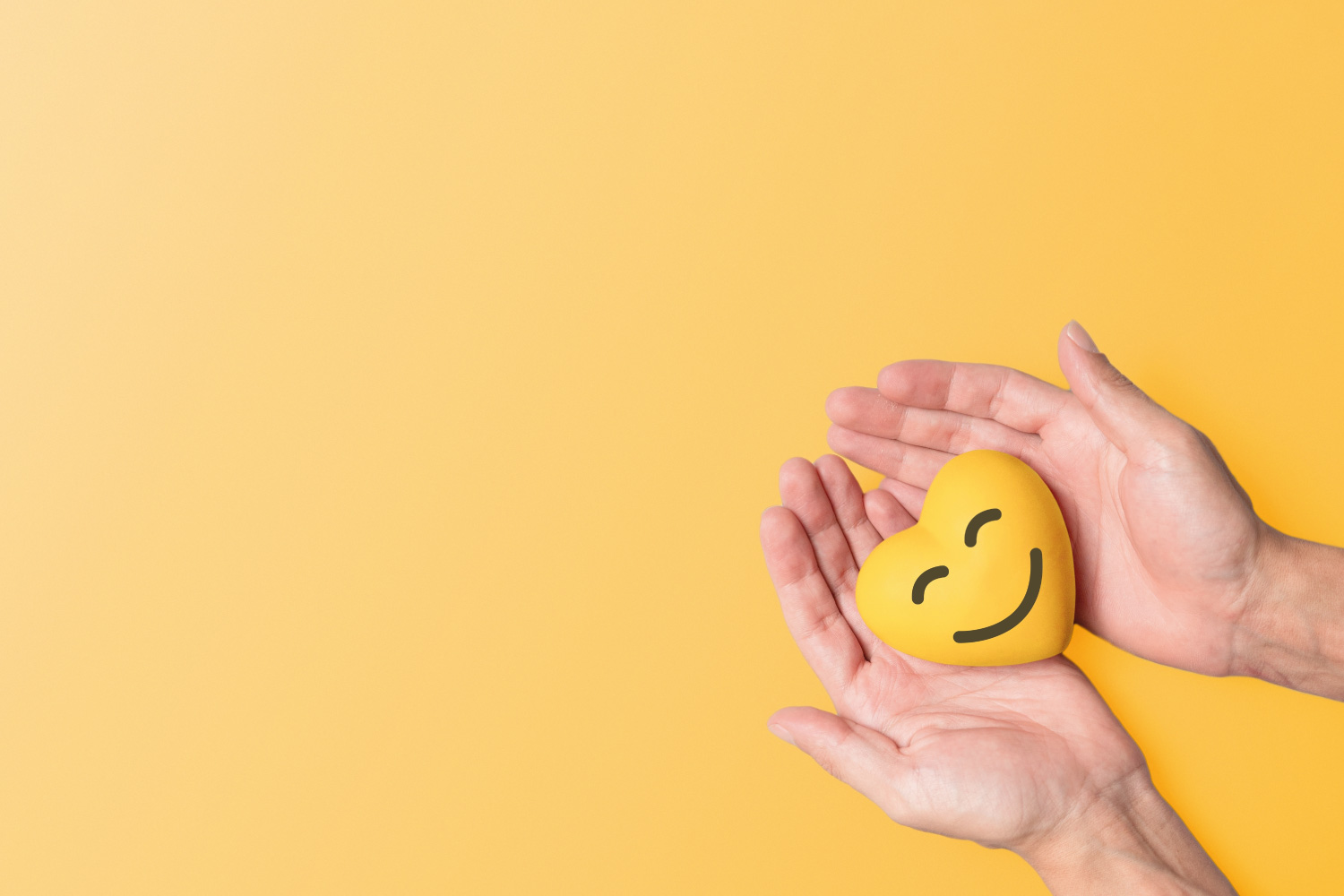Year 2 CORE Mental Health
Welcome! This page introduces you to the Year 2 content for the CORE MH curriculum. Here is an overview of what is covered:
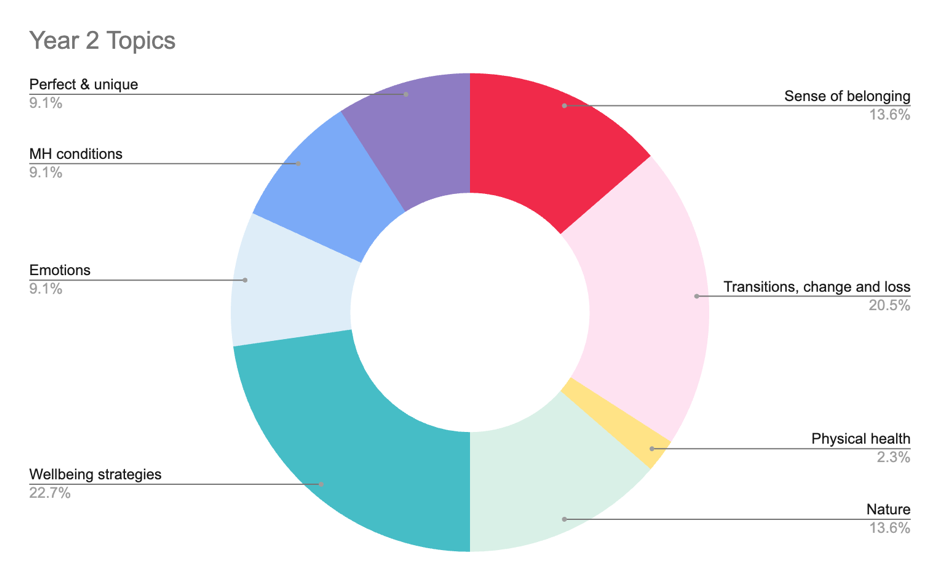
N.B. PS=Problem-solving
- Many of the first tasks will introduce children to activities to allow them to settle into a new class.
- There is more of a focus on problem-solving in Year 2 and the topic of social media is introduced.
- There is also information about medicines (including vaccinations and immunisations), how to keep safe at home, and ways to manage risk in familiar and unfamiliar environments.
- They will learn a practical toolkit of wellbeing strategies, related to mindfulness, deep breathing, feeling safe and supported, and learning about the NHS’s 5 ways to wellbeing.
- There is still an emphasis on nature and a focus on finding rhythm to self-regulate, just like how we rock babies when they are young. They find out that rhythm is essential for a healthy mind and body (Perry & Winfrey, 2021:47).
- Children are introduced to the term ‘mental health’ and there is also information about what anxiety is and a few basic ways to deal with anxious feelings and difficult emotions.
- There are sessions that focus on relationships, specifically how to nurture friendships with their peers and how to be a good friend.
- There are sessions about supporting their own physical health, including information about healthy eating habits and sleeping habits and naming body parts, including external genitalia.
- N.B. THERE 44 WEEKLY SESSIONS WITHIN THIS CONTENT, WHICH IS MORE THAN THE NUMBER OF TEACHING WEEKS IN A YEAR (BECAUSE OF HALF TERMS AND HOLIDAYS). THIS IS TO ALLOW YOU TO MIX AND MATCH AND SELECT THE SESSIONS BASED ON WHAT CONTENT YOU THINK YOUR CLASS NEED.
- The Overview below (using red button) has hyperlinks to each of the sessions so you can access them in one click…
Preparing for Year 2 CORE MH:
Here are some tasks that you can do to in early September (or whenever your school starts the CORE MH Curriculum) to support your class and their mental health: create a calm-down area in the classroom, make a visual timetable, source some mood journals, and find 3 self-assessment pots and counters (all the details are below):

Share art work or special object
Their Year 1 (or R/Yr1) teacher may have asked them to choose one creative thing to do over the summer holiday and encouraged them to share it with you, their next teacher(s), if they would like to. Although, if this is your first year of CORE MH this won’t have happened so, in early September, you could ask them to bring anything they wish to from home to show you, especially if it gives you any clues about who they are as a person. N.B. If your school starts the CORE MH Curriculum in January or April, this activity is NOT required.
Resources
- Perhaps you can bring something in from home to share with the children so they can find out about you too.
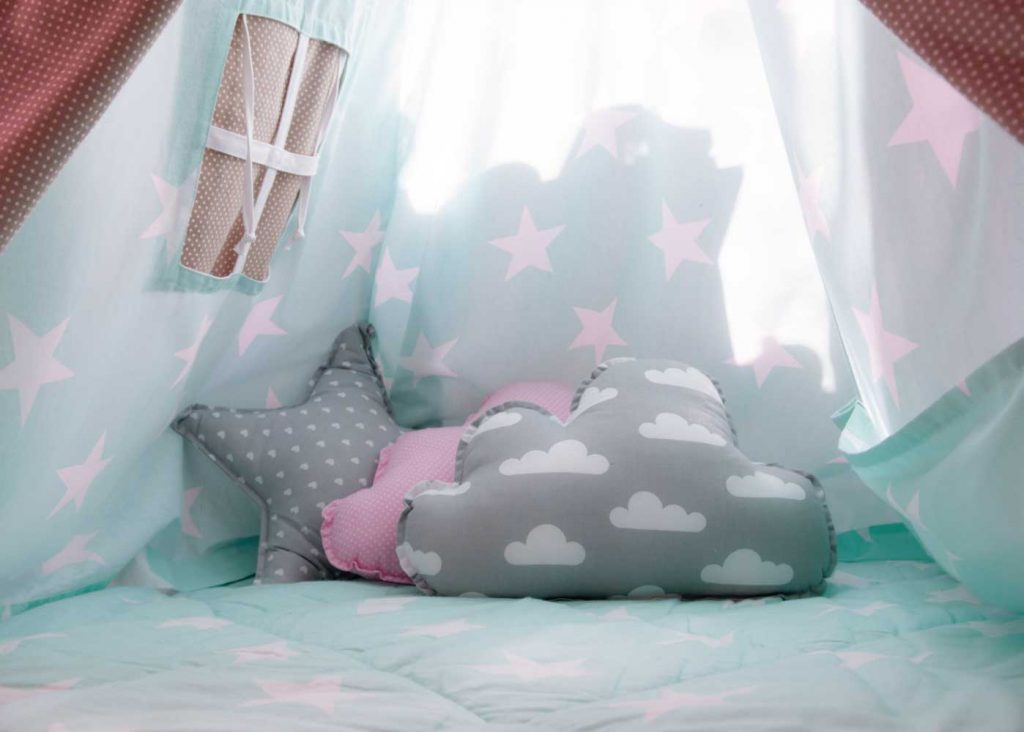
Create a calm-down area
The calm-down area can simply be a corner of your classroom that is a designated area for children to access if they feel the need to calm down. Ideally, this would consist of some comfortable chairs, a rug and a variety of resources for children to self-regulate and have access to sensory objects to soothe themselves.
Examples of Resources
- Soft toys to stroke, playdough to mould, rice or water/glitter in jars, variety of textures and fabrics
- Natural objects such as pebbles, shells, sorting trays with beads and buttons
- Headphones to provide quiet, pastel coloured pictures

A Visual Timetable
Use of a visual timetable is recommended. Preparing one of these using cards and Velcro would be useful over the summer. This allows children to feel safe because they know what to expect and can prepare themselves a little for what the day ahead may be like.
Resources
- Velcro
- Card
- Pictures
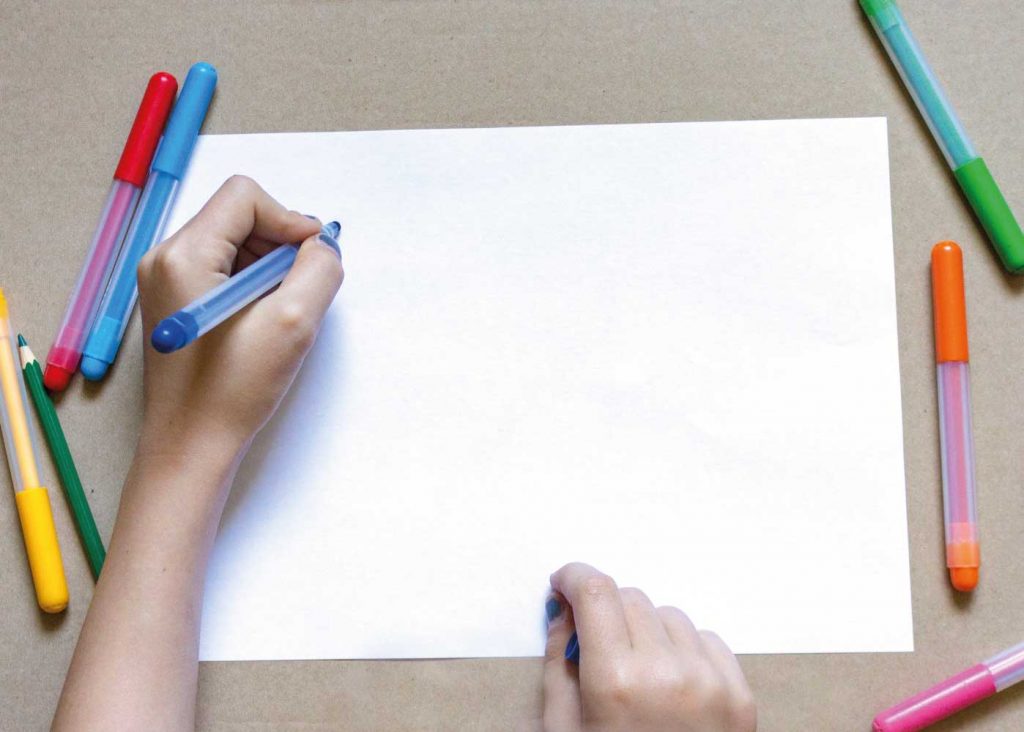
Source a Mood Journal
Please source a ‘mood journal’ (a book with plain paper) for every child prior to the start of the term (or ask them to continue to use the one from the previous year if there are still pages left in it). The mood journal is their own personal resource, so as a teacher you won’t mark it or even look at it, unless a child wishes you to. A child does not need to write, they can draw, doodle or just sit and reflect in their mood journal.
Resources
- A book with plain paper
- Previous mood journal, if applicable
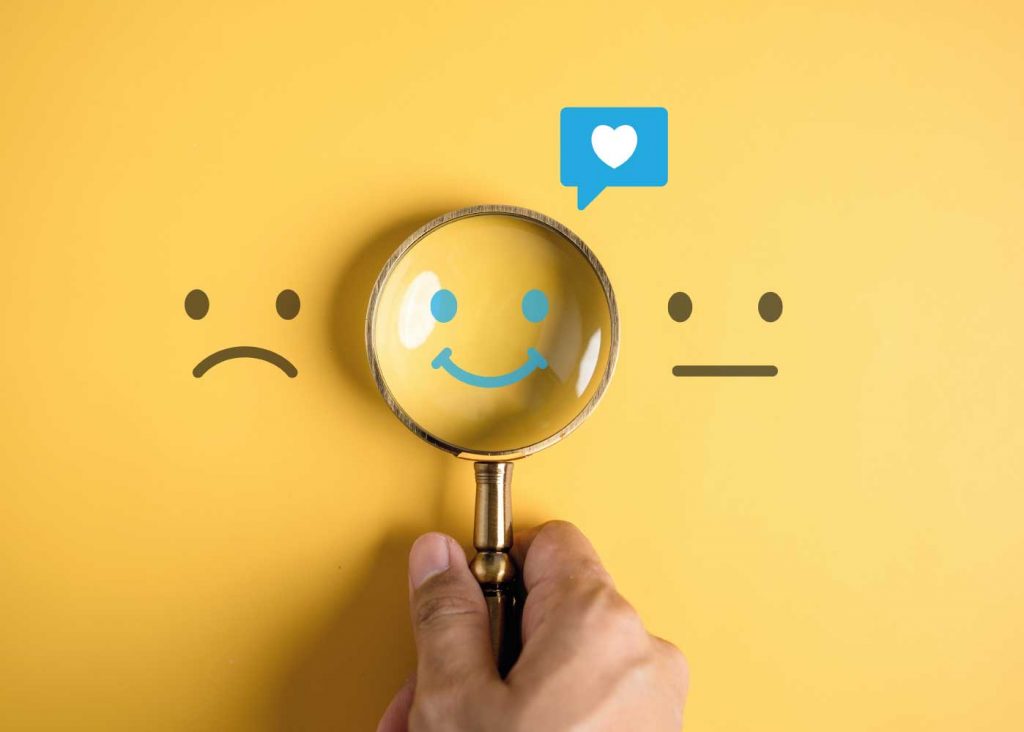
Make 3 Self-Assessment Pots
Make 3 self-assessment pots (SAPs) labelled with these words ‘Yes’, ‘Not sure’ and ‘No, not yet’, and find one counter for each child. This makes assessment easier for you and gives you a general idea of where the learning is in each session, for example, how many children felt they had (‘yes’) and hadn’t (‘no, not yet’) achieved the learning objective and how many children may have experienced confusion around the task (‘not sure’).
Resources
- Tins, jam jars or pencil pots
- Counters or coins
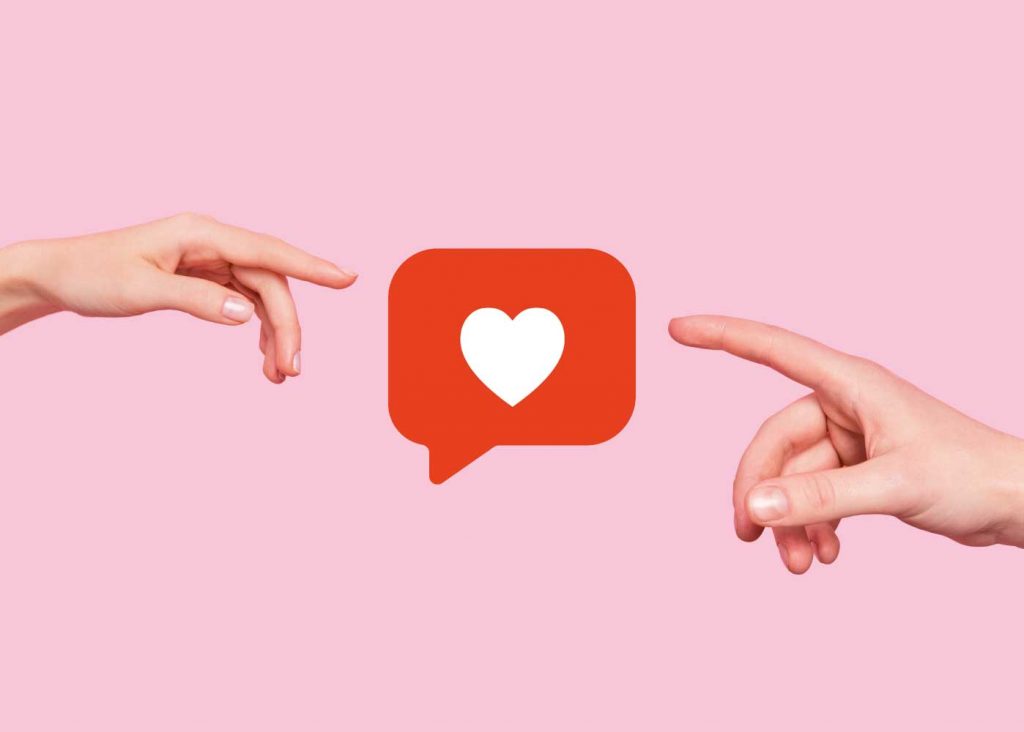
Provide Feedback
I would be very grateful if you could keep a record on the platform of how the sessions have gone, and how the children have interacted with the self-assessment pots.
What to record
- How many counters are in each pot
- Note on how you felt the session went
- Engagement levels
- Misconceptions
- Suggestions for improvement
Here is a list of all of the resources that you will need to deliver ALL of the Year 2 content: (for those of you that wish to be prepared! Otherwise, they are simple enough for you to collect each week) 🙂
- mood journals,
- visual timetable (Velcro, card etc),
- a range of art materials (pencils, crayons, paint, glue etc),
- word cards with a collection of characteristics and qualities,
- shoe-box with hole in lid for notes (as a feeling box),
- leaves,
- plastic bags,
- rubber band/tape,
- magnifying glasses,
- torches,
- approx. 30 ‘emotion word’ cards (maybe taken from appendix 16),
- labels: ‘positive’, ‘negative’, ‘not sure,’
- timer,
- blankets (one for each child if possible),
- pre-prepared ‘pass the parcel’ (using newspaper) with a ‘wellbeing tip’ in each layer (in appendix), and a book as the prize or, the printed out ‘tips’ in a pot,
- music to play,
- mirror,
- large sheet of paper,
- magazines or printouts with pictures of people in families,
- safety scissors,
- glue sticks,
- mindfulness colouring sheets,
- small toy bears (from a charity shop or a bundle from Ebay) so that you have one bear for every child (you need these in March),
- pinwheels (about 10),
- bubble mixture and bubble wands (about 10),
- small tray (one for each group),
- vinegar,
- polo mints.
- iPads (to take photo),
- Appendices 19-28.
- Book: Solo by Paul Geraghty: Solo: The Little Penguin (Red Fox picture book): Amazon.co.uk: Geraghty, Paul, Geraghty, Paul: 9780099488415: Books
